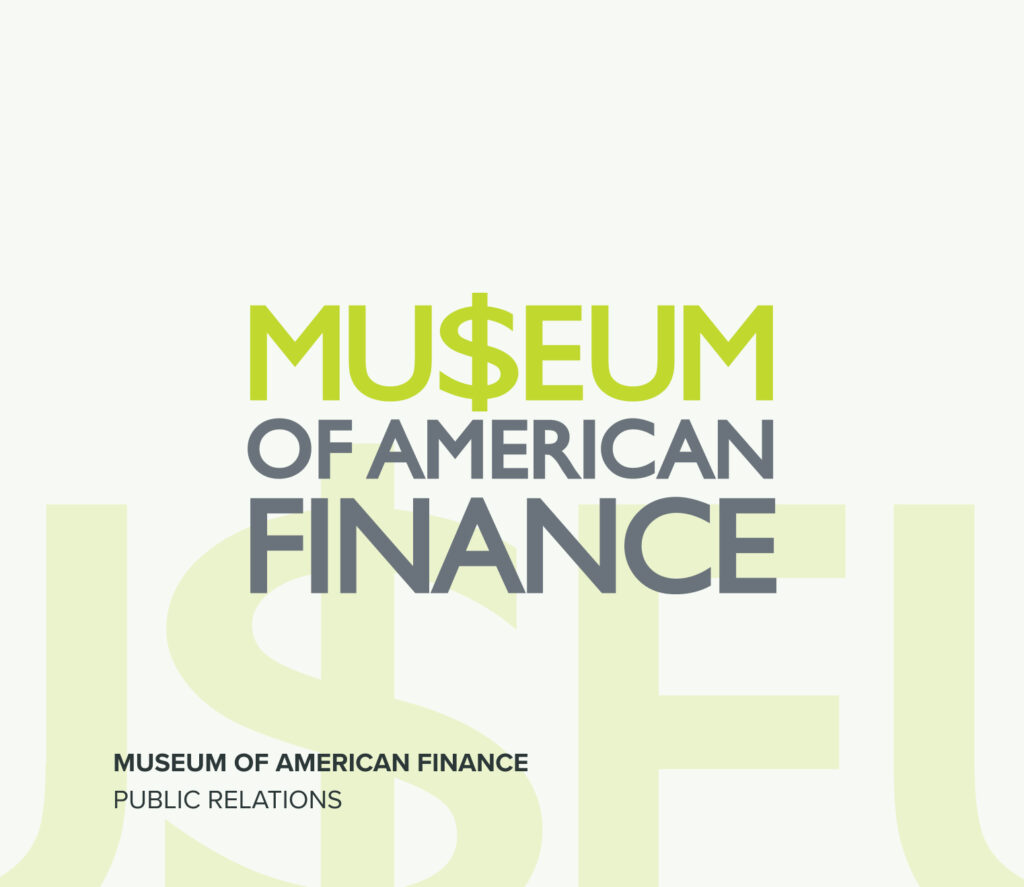The story behind the Wall Street bull
The Wall Street Bull, also known as the Charging Bull, was installed in New York City on December 15, 1989 — exactly 31 years ago. Here’s the short (and unusual) history of how this iconic statue came to be.
How The Wall Street Bull Came To Be
Believe it or not, the Wall Street Bull wasn’t commissioned by New York City. It was a piece of guerilla art created by Arturo Di Modica — a Sicilian-born New York artist — after the stock market crash of 1987.
It took Di Modica two years and $350,000 to complete the statue (a cost he covered himself). The 11-foot-tall, 7,100-pound statue was so big that he had to cast it into separate pieces, then have it welded together and finished by hand.
On the night of December 15, 1989, Di Modica loaded the bronze beast onto the back of a flatbed truck and drove it to the New York Stock Exchange. He dropped it off under a 60-foot Christmas tree that adorned the city.
No permits, no permission. He just unloaded it off and left.
As you can imagine, the New York City Police Department was outraged. They impounded the Wall Street Bull and had it sent to Queens.
Here’s a newspaper clipping from the New York Post the day it was hauled away:

The public outcry following the impounding of the Wall Street Bull was enough for the New York City Department of Parks & Recreation to reinstall it six days later. But instead of returning it to the New York Stock Exchange, they found a new home for it in the Bowling Green area of Lower Manhattan, where it resides today.
What Does The Bull Mean On Wall Street?
Di Modica created the Wall Street Bull to symbolize America’s power and resilience after the 1987 stock market crash. According to his assistant at the time, Di Modica built the statue to “encourage everybody to realize America’s power.”
But visitors and locals alike have their own take on what the Wall Street Bull means. Some say it’s a shrine to American capitalism. Others say it’s a symbol of good luck — and that giving it a rub is the same as rubbing Buddha’s belly.
The Cultural Impact Of The Wall Street Bull
The Wall Street Bull is one of New York City’s most iconic landmarks. It’s been featured in several movies and TV shows, such as Hitch and The Wolf of Wall Street. You’ll also find replicas on display in Shanghai (on The Bund) and Amsterdam (outside of Euronext).
Tourists’ Bizarre Obsession With The Wall Street Bull
Visitors from all across the globe journey to Bowling Green park to get a close up of the Charging Bull. But its nose and horns aren’t the only things they want to touch.
Day in and day out, tourists can be spotted rubbing the Wall Street Bull’s bronze balls. In fact, it’s anatomical features have been rubbed so much that they’re now a burnished gold color — a shining orb dangling for all to see.
Maybe it’s for good luck, or maybe it’s for the sheer childishness of it all. Who knows. But it’s reported that just as many people visit its backside as they do its frontside.
Fearless Girl: A Temporary Addition To The Wall Street Bull
A second bronze statue, titled Fearless Girl, was added near the Wall Street Bull in 2017 in honor of International Women’s Day. (This time commissioned, of course.) The statue depicted a little girl standing defiantly in front of the Charging Bull. She had her hands on her hips, chest pressed forward, and chin held high.
The Fearless Girl was moved to the New York Stock Exchange in 2018 after several people complained that it distracted from the iconic bull. Nevertheless, the city left an outline of her footprints, so visitors can stand in her place when they visit the area.


